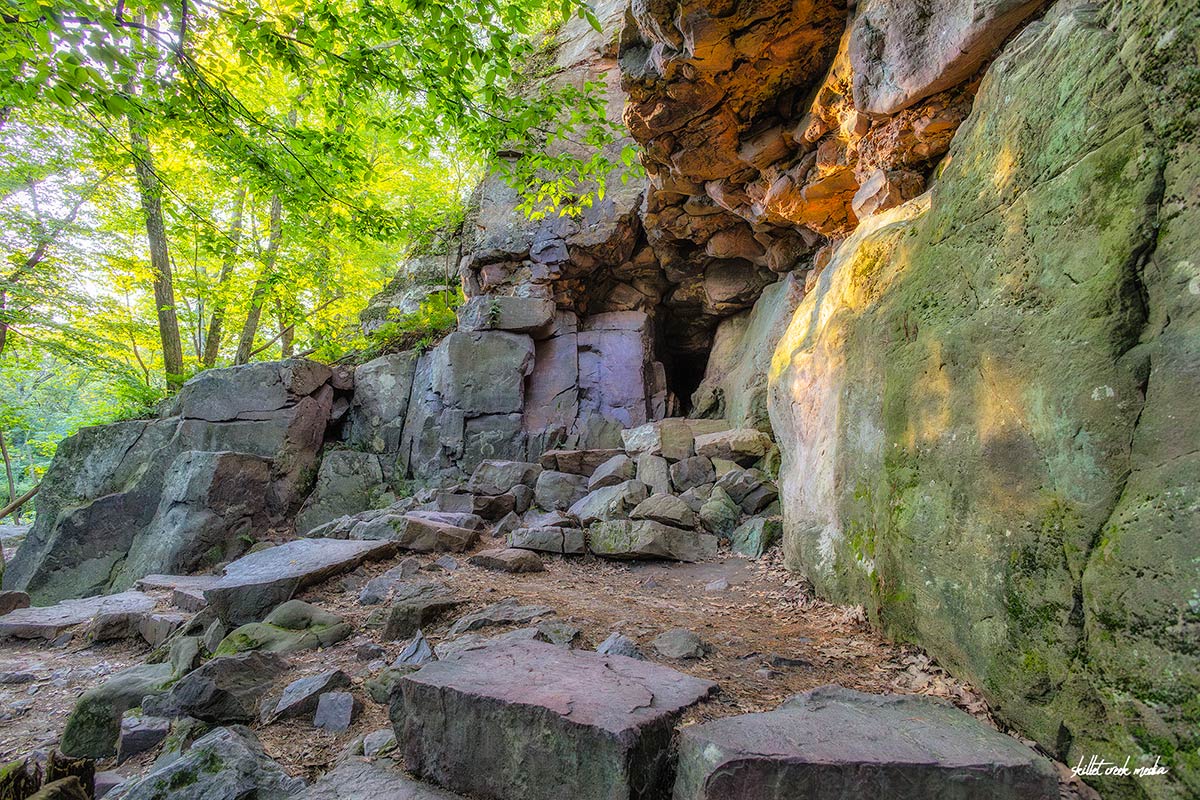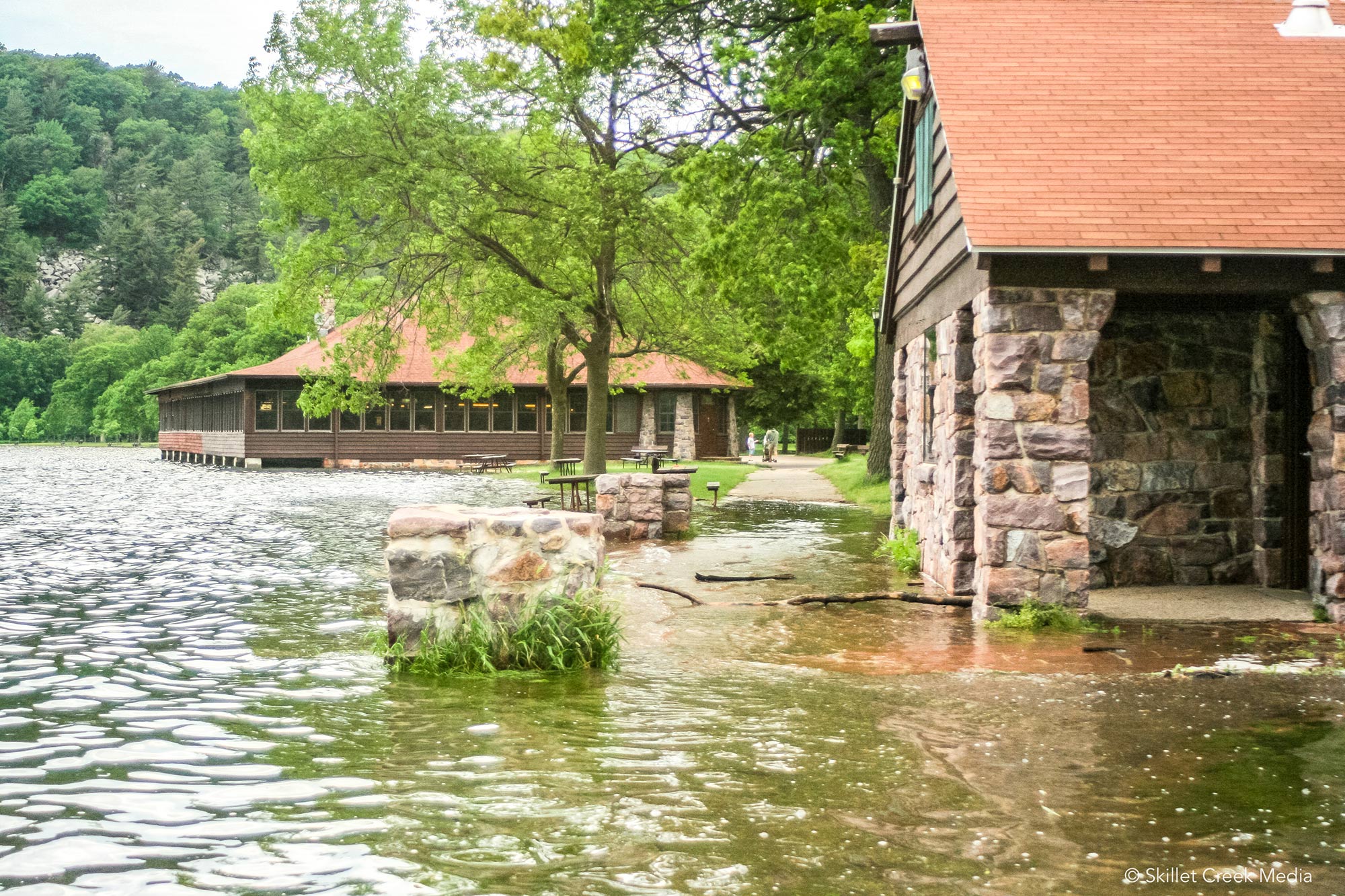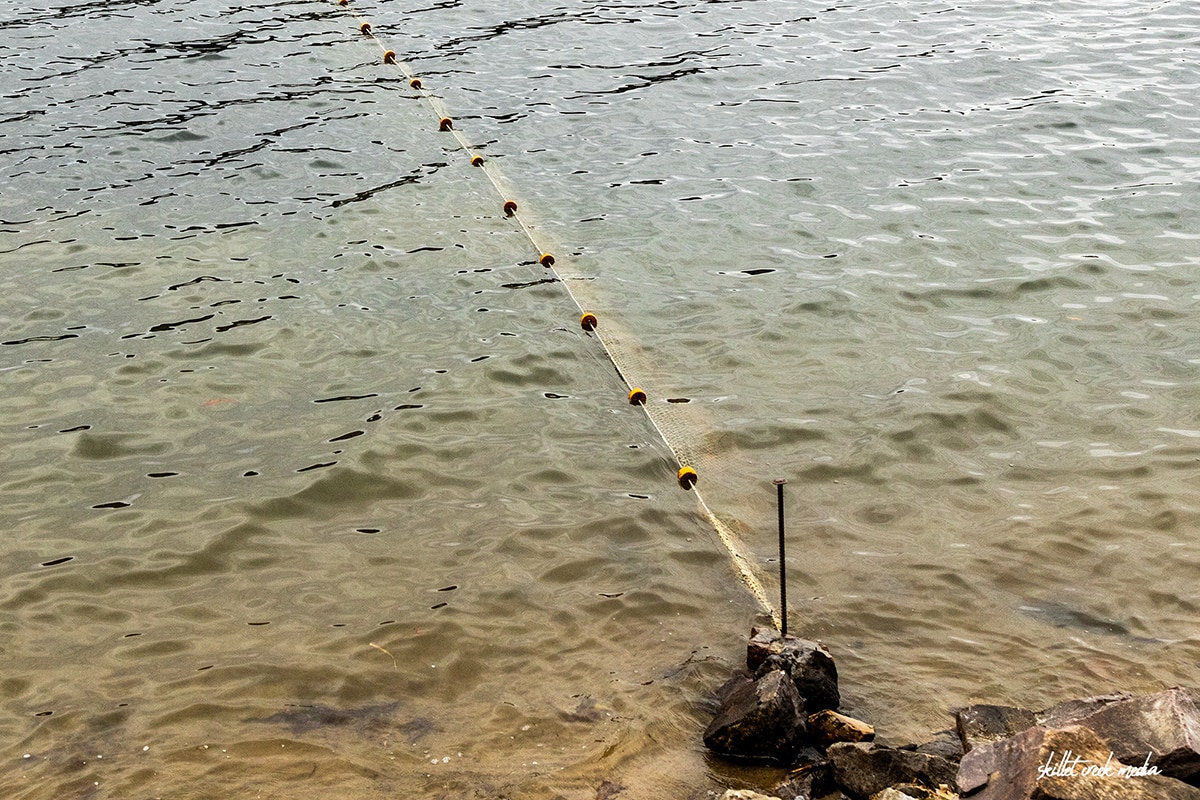Located in Wisconsin, Devil's Lake State Park is a popular destination known for its stunning…
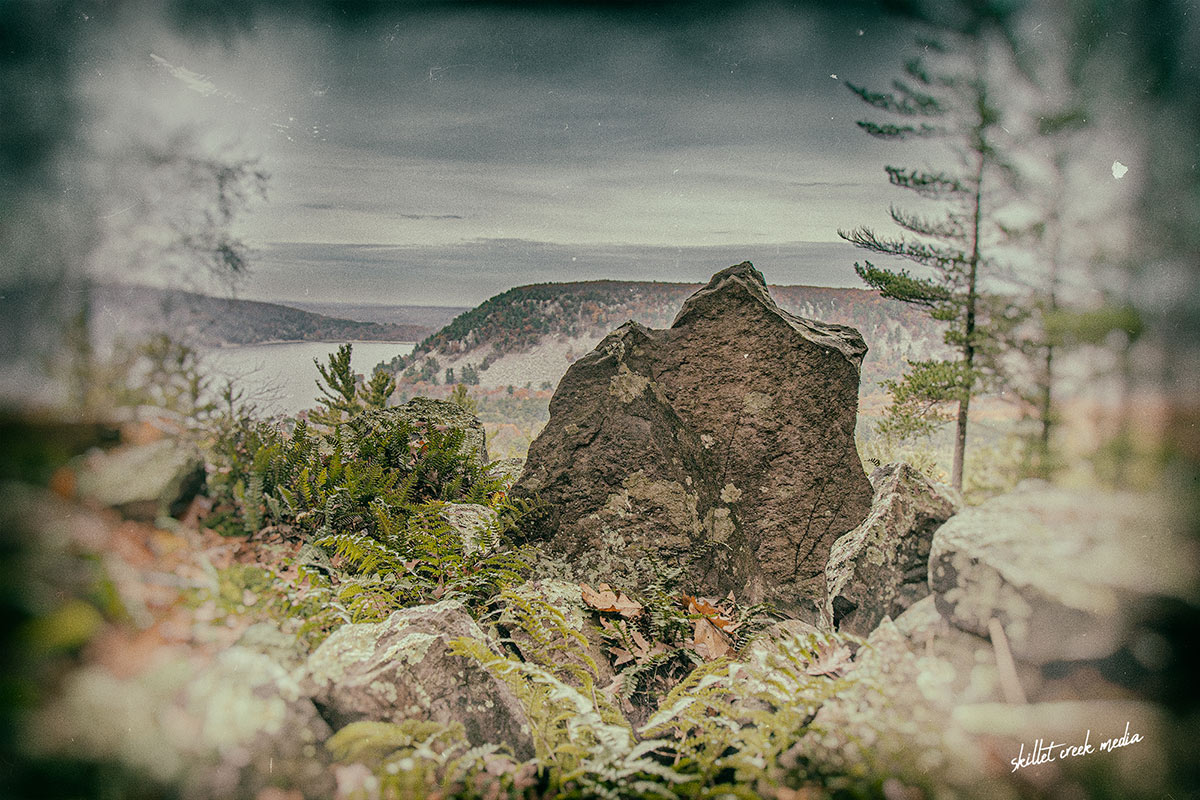
From today, going back far into the haze of time, the Ho-Chunk people lived on this land. Just 200 years ago, around 1823, Devil’s Lake, or “Tee Wakącąk”, was still a sacred space known only to the Ho-Chunk people.
We know that the first European settlers arrived sometime in the late 1830s or 1840s. We know this because there are records from government surveyors who were laying out township grids in what would become Sauk County in the 1840s. Back then the first early settlers reported seeing a lot of wildlife that we can’t find here today including the extinct passenger pigeon, as well as bison, elk, timber wolves, porcupines, and snow hares. Letters from back in the day report that wild game, deer & elk were plentiful.
It was about this time, in 1832 when the first European laid eyes on what would come to be called Devil’s Lake. His name was John T. De La Ronde and he wrote of walking from Portage WI to “Walking Turtle’s Village” which is where Baraboo is today. In 1839 a couple more men came up and over the bluffs looking for the lake. (Of course, we’re jumping over a lot of important history here…) By the 1880s Devil’s Lake was already in Rand McNally’s Tourist Guide to the North-West. In 1911, Devil’s Lake became Wisconsin’s third state park. By 1919, 100,000 people per year were visiting the park. 200,000 by 1924! It is hard to wrap your head around how much the Devil’s Lake area had changed in that single 80-ish-year period. Not to mention the next 200 years.
The next time you find yourself at the park standing on top of a bluff, sitting by the lake, or walking a wooded trail, imagine you are a time traveler who just arrived right there, in 1823. Depending on where you stand, it may not look too different. You can hear the wind, the birds, maybe the bugle of an elk, and maybe, you’ll hear the sound of distant singing or laughter. Standing there alone, you know that everything is about to change forever…
Something to contemplate on your next visit.
Ref & More Reading
* To learn more, we recommend 2 books, “A County Called Sauk” and “A Lake Where Spirits Live. Both written by former Devil’s Lake Naturalist Ken Lange.
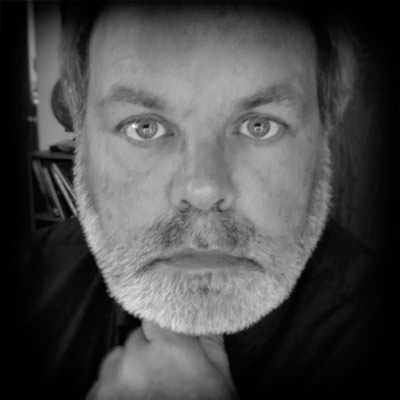
For nearly 2 decades the Skillet Creek blog has focused on 3 main goals; To inspire you to visit and explore the Devil’s Lake region, to help you get the most your visit by sharing tips, events, and other helpful information. Lastly to advocate for our environment & wildlife and talk about how we can keep our natural areas amazing now and into the future! That last goal can sometimes cause controversy, but it’s the only way we can accomplish the first two. – Derrick Mayoleth, Owner.

